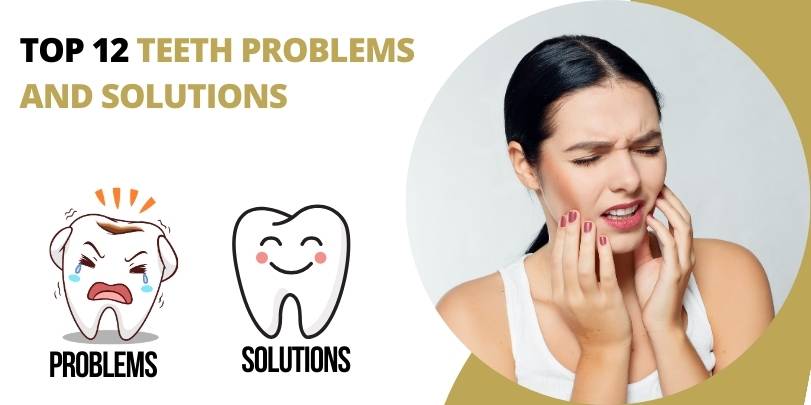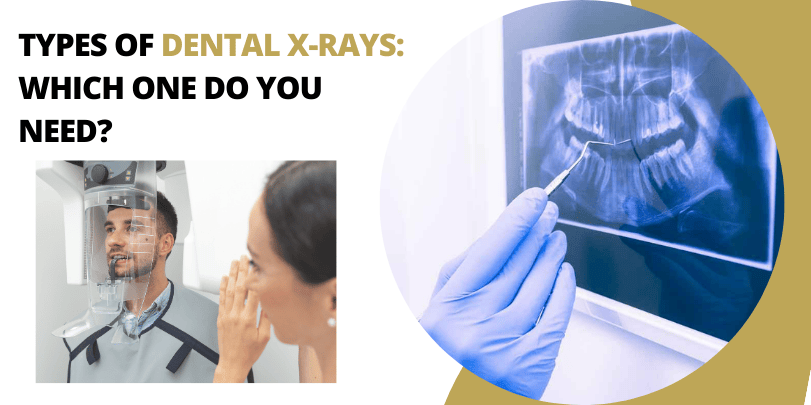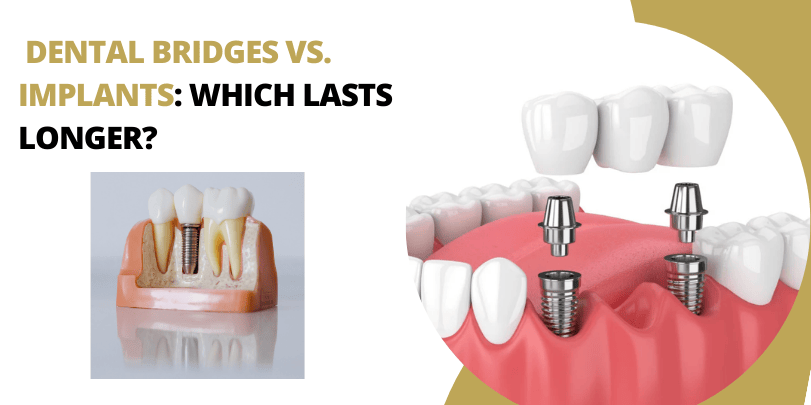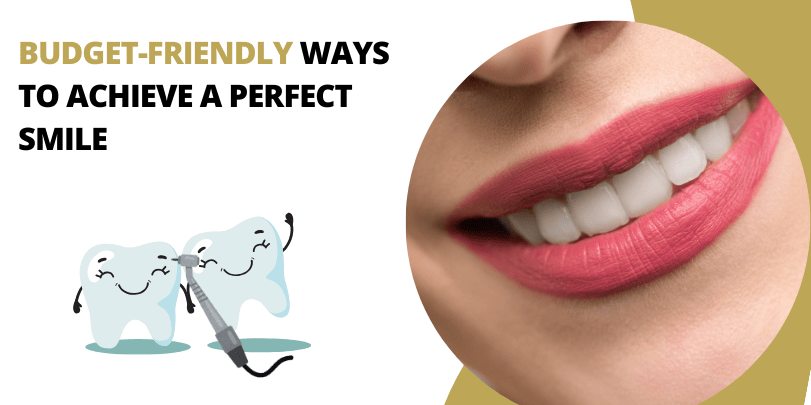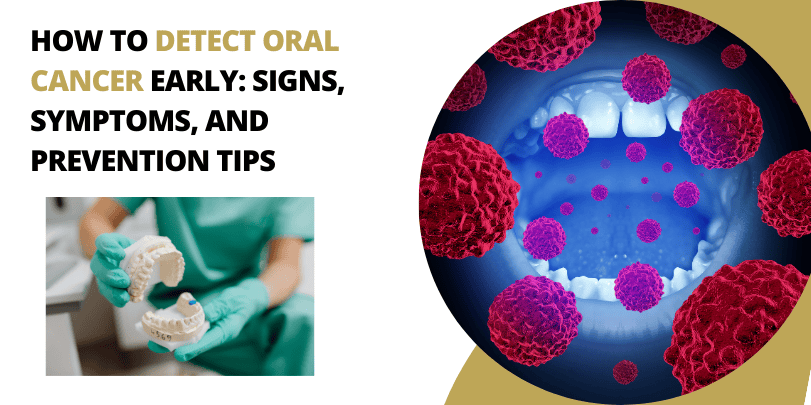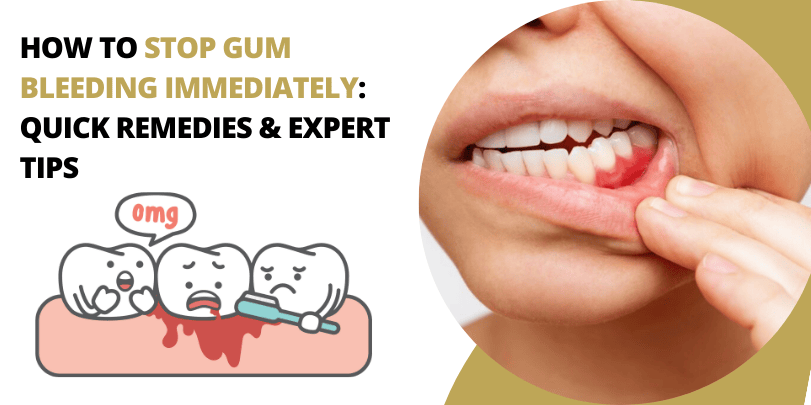Our teeth endure a lot daily—from the food we eat to the stress we carry, and, over time, this can take a toll. While many of us might brush and floss routinely, common dental problems can still arise, each with unique causes and challenges. From cavities to gum disease and everything in between, understanding these issues and their solutions is important for lifelong dental health. Here’s a guide to the top 12 dental issues, what causes them, and the best ways to address each one, helping you keep your smile strong and bright for years to come.
Table of Contents
- 1. Tooth Decay (Cavities)
- 2. Gum Disease (Gingivitis & Periodontitis)
- 3. Tooth Sensitivity
- 4. Bad Breath (Halitosis)
- 5. Cracked or Broken Teeth
- 6. Receding Gums
- 7. Tooth Abscess (Root Infection)
- 8. Enamel Erosion
- 9. Dry Mouth (Xerostomia)
- 10. Teeth Grinding (Bruxism)
- 11. Stained or Discolored Teeth
- 12. Impacted Teeth
1. Tooth Decay (Cavities)
Tooth decay is caused by bacteria that form a sticky film known as plaque. When you consume sugary foods, the bacteria produce acid, which gradually erodes the enamel (the tooth’s protective outer layer). If untreated, this decay can reach deeper layers, leading to cavities or even infections.
Solution: Cavities are usually treated with fillings to restore the tooth’s structure. Regular brushing and flossing, along with reducing sugar intake, are key preventive steps. Dental sealants and fluoride treatments may also be recommended by your dentist, especially for children and teenagers.
Also Read – Why Do Children Have Cavities Despite Routine Brushing?
2. Gum Disease (Gingivitis & Periodontitis)
Gum disease starts as gingivitis—red, swollen, and bleeding gums due to plaque accumulation. If untreated, it can advance to periodontitis, where the gums pull away from the teeth, forming pockets that harbor more bacteria. This severe stage can lead to bone and tooth loss.
Solution: A professional dental cleaning can reverse gingivitis. For periodontitis, scaling and root planing (a deep-cleaning procedure) or surgery may be required. Brushing twice daily, flossing, and regular dental visits help prevent gum diseases.
3. Tooth Sensitivity
Tooth sensitivity occurs when the enamel wears down, exposing the dentin underneath. This can make eating or drinking hot, cold, or sugary items painful.
Solution: Sensitive toothpaste can help, as can fluoride treatments to strengthen enamel. Severe cases might require a dental crown, gum graft, or root canal, depending on the cause. Avoiding acidic foods and proper oral hygiene can help prevent sensitivity.
4. Bad Breath (Halitosis)
Bad breath can result from poor oral hygiene, dry mouth, gum disease, or consuming certain foods. It can also be a symptom of other health issues, such as acid reflux or diabetes.
Solution: Good oral hygiene is crucial. Brushing twice daily, flossing, and cleaning the tongue can reduce bad breath. Dentists may recommend antimicrobial mouthwash or further treatment if gum disease is the underlying cause.
5. Cracked or Broken Teeth
Teeth can crack or break from injuries, biting hard foods, or grinding. Even small cracks should be taken seriously, as they can worsen over time and may lead to infection or tooth loss.
Solution: Treatment depends on the severity of the damage. Minor cracks may be resolved with bonding, while larger cracks may need crowns or veneers. In extreme cases, root canals or extractions might be necessary.
6. Receding Gums
Receding gums expose the roots of teeth, which can cause sensitivity and increase the risk of decay and infection. This condition can result from aggressive brushing, gum disease, or genetic factors.
Solution: Scaling and root planing may help in mild cases, while severe recession might require gum grafts. Dentists recommend brushing with a soft-bristled toothbrush and using gentle strokes to prevent further gum damage.
7. Tooth Abscess (Root Infection)
A tooth abscess is a pocket of pus caused by a bacterial infection in the tooth’s root. It often results from untreated decay, trauma, or gum disease and can cause severe, throbbing pain.
Solution: A root canal is usually required to remove the infection, and in some cases, the tooth may need to be extracted. Regular dental checkups are essential to catch infections early and prevent abscesses.
8. Enamel Erosion
Enamel erosion results from acids, often in foods and drinks, wearing away the tooth’s surface. This can make teeth appear yellow, rounded, and more prone to damage.
Solution: While enamel can’t be restored, dentists can use bonding or veneers to cover eroded areas. Cutting back on acidic foods and using fluoride toothpaste help prevent further erosion.
9. Dry Mouth (Xerostomia)
Dry mouth occurs when there’s a lack of saliva, which is essential for washing away food particles and neutralizing acids. It’s often a side effect of medications, dehydration, or health conditions.
Solution: Staying hydrated, using mouthwash for dry mouth, and avoiding caffeine and alcohol can help. For persistent dry mouth, consult a dentist who may suggest saliva substitutes or medication adjustments.
10. Teeth Grinding (Bruxism)
Teeth grinding is often stress-related but can also be linked to an abnormal bite or misaligned teeth. It can lead to jaw pain, headaches, and worn-down teeth.
Solution: Dentists often recommend a custom mouthguard to prevent grinding during sleep. Stress management techniques and correcting bite issues can also help alleviate the problem.
11. Stained or Discolored Teeth
Discolored teeth can result from food, drink, tobacco, or poor oral hygiene. It can also be caused by aging, trauma, or medication.
Solution: Teeth whitening options range from over-the-counter whitening products to professional treatments offered by dentists. Proper brushing, flossing, and avoiding stain-causing substances help keep teeth bright.
12. Impacted Teeth
Impacted teeth are teeth that have not emerged properly from the gums, often due to overcrowding. This condition is common with wisdom teeth, which can cause pain, infection, or misalignment of other teeth.
Solution: Dentists may recommend extracting impacted teeth to prevent complications. Regular check-ups and x-rays help identify and manage impacted teeth early.
If you’re diagnosed with a dental issue, don’t lose heart. Consult a trusted dentist and start your treatment journey.
Written by DR. PUNEET KATHURIA B.D.S., M.D.S., F.I.C.O.I. (USA)
 Australia No
Australia No Canada No
Canada No India Toll Free No
India Toll Free No UK No
UK No USA No
USA No






